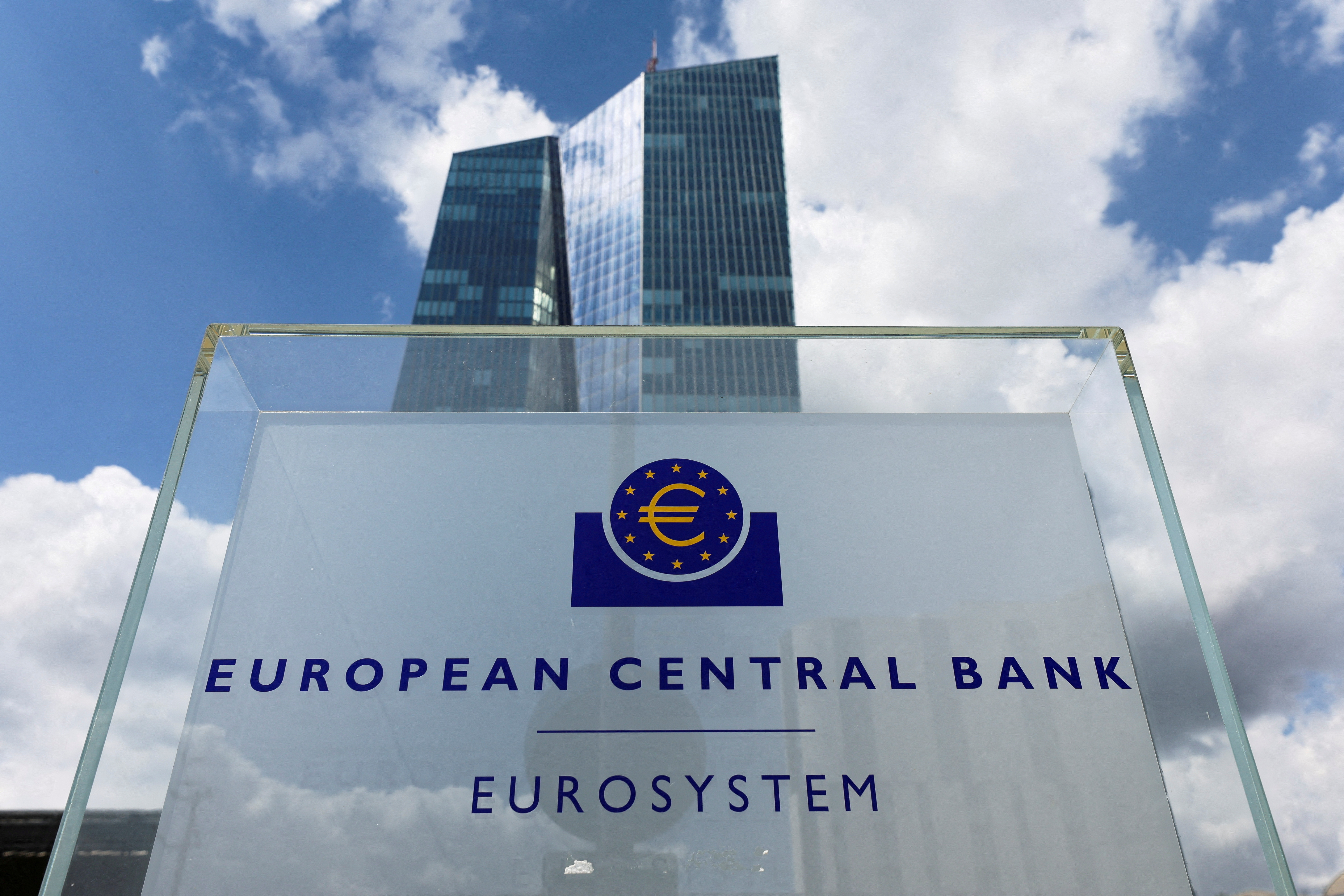By Maria Demertzis
The private sector can cover at least half of the investment gap identified in Mario Draghi’s competitiveness report but will only do so if the EU’s regulatory incentives improve.
Europe’s 800 billion euro investment gap, as outlined by Mario Draghi in his competitiveness report last month, has set out a reform agenda for the next 10 years in the EU. The figure represents almost 5 per cent of the EU’s GDP.
By comparison, the Marshall Plan, which rebuilt the continent after World War Two, was between 1-2 per cent of the GDP at the time. With public budgets already stretched and private investors hesitant to place huge bets on Europe, where will this vast sum of money come from?
Draghi believes that the lion’s share should come from the private sector. Traditionally, productive investments in the EU have been financed about 20 per cent by public money and 80 per cent by private money, the report notes. But he acknowledges that to stimulate investments of this size, the cost of capital—the price companies pay to borrow money and issue stock—would have to be reduced by 2.5 percentage points.
This reduction is unlikely to happen. Europe’s capital markets are fragmented and, despite recent momentum on the ambitious Capital Markets Union legislation, it is unlikely that the EU will be able to achieve a significant scale in capital markets in the next 5 to 10 years. Comparable legislation on a Banking Union, passed a decade ago, has in practice not led to a single market for banking services, so it’s unclear how much the CMU can achieve, even when passed.
Moreover, while the report proposes structural reforms that would boost Europe’s productivity, these changes would—even in the best case—materialize only in the medium term, beyond the time horizon that private investors require.
Market reforms
Draghi’s report implicitly acknowledges these two constraints, and edges towards arguing that the public-private split will be closer to 50-50 than 20-80. Setting aside for a moment the huge public investment this implies, that still leaves a hefty 400 billion euros to be met by private investors.
The private sector currently invests about 450 billion euros a year outside the EU’s borders, as shown by the EU’s current account surplus. Absent new sources of investment, almost all of this would need to be brought home to domestic investments just to meet Draghi’s more modest target. While this target is still hugely ambitious, there are things that the EU can do to make its markets more attractive.
First, structural reforms and deregulation are necessary. The report recommends both a less burdensome regulatory agenda and market reforms to enhance productivity. Policymakers would need to move quickly and propose significant changes to make the EU economy noticeably more attractive in the next 5 to 6 years.
Second, the EU may need to use both industrial and trade policies to protect its firms from unfair global competition, as the Draghi report recognizes. In the EU, there is a strengthening political trend towards some degree of protectionism, with the recent imposition of duties on Chinese electric vehicles offering a taste of what is to come.
Third, the underdeveloped capital markets in the EU imply that riskier but more productive investments are underfinanced. Providing public guarantees to the riskier tranches of long-term investments could encourage the private sector to take on these investments, which presently it typically avoids. The European Investment Bank, the largest development bank in the world, could play an important role here, as it has the capacity to take on more risk.
Public burden
All of that would, of course, still leave around 400 billion euros to be covered by the public sector, either through national budgets or through common EU debt.
National budgets are severely stretched after the COVID-19 pandemic, a period of high inflation, and growing defence spending following Russia’s invasion of Ukraine. Several EU countries are now running fiscal deficits larger than what is allowed by the EU’s own rules, meaning they have no capacity to make further big investments to meet Draghi’s target.
That leaves the option of the EU issuing common debt. But the bloc’s ‘frugal’ countries, including Germany, have poured cold water on this idea, arguing that there is no way of preventing EU debts from spiralling out of control. This stance means some difficult political conversations will have to take place, as neglecting to make the necessary investments would be a strategic error that would cement the EU’s economic decline.
A good first step would be to make the changes necessary to stimulate private investment. If this step starts to take shape, it might encourage frugal governments to lift their objections.
Maria Demertzis is Economy, Strategy and Finance Center Leader, Europe, The Conference Board and part-time Professor of Economic Policy Florence STG, European University Institute. The article was posted on the blog of the Cyprus Economic Society. https://cypruseconomicsociety.org/blog/blog-posts/







Click here to change your cookie preferences